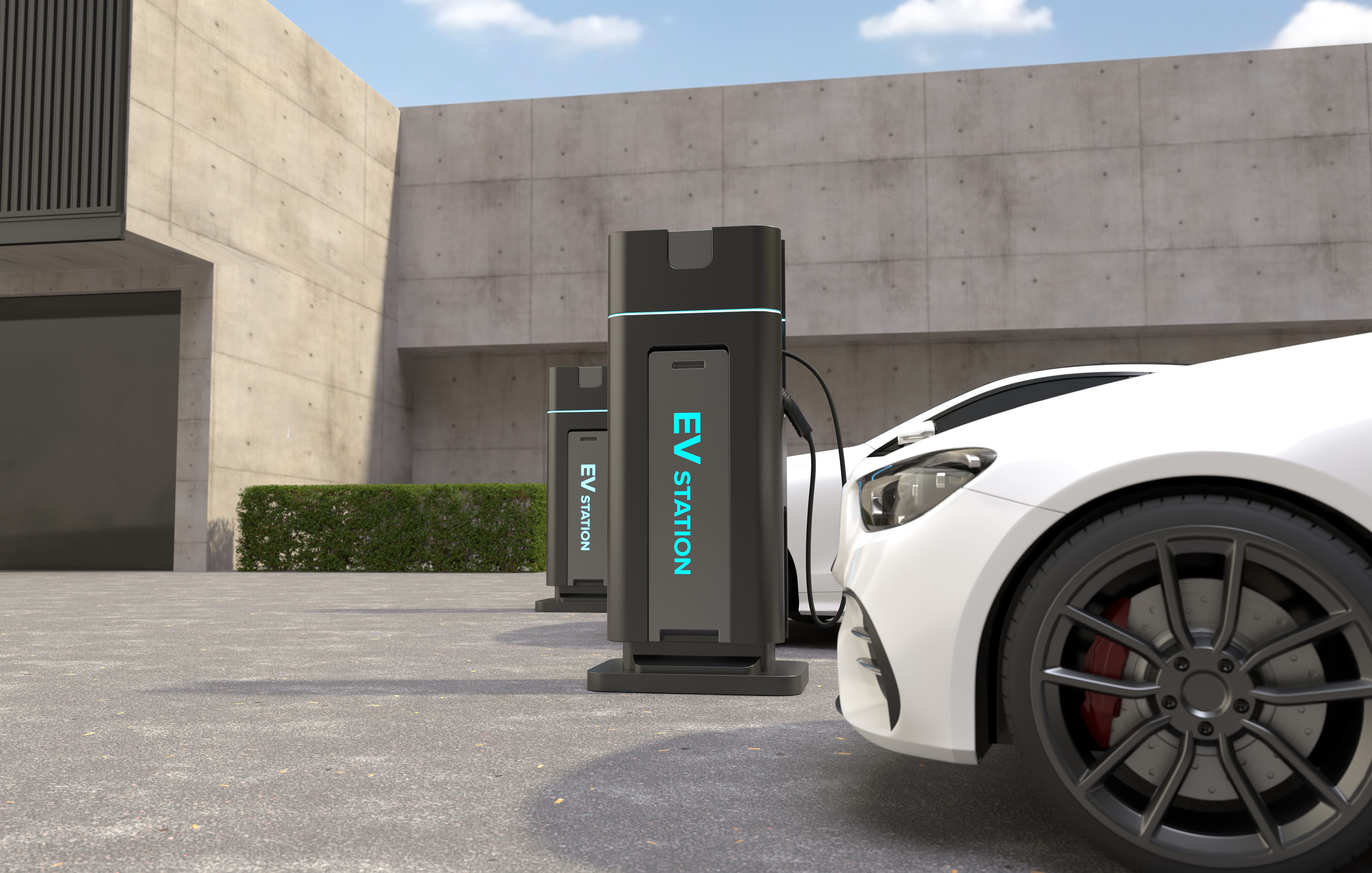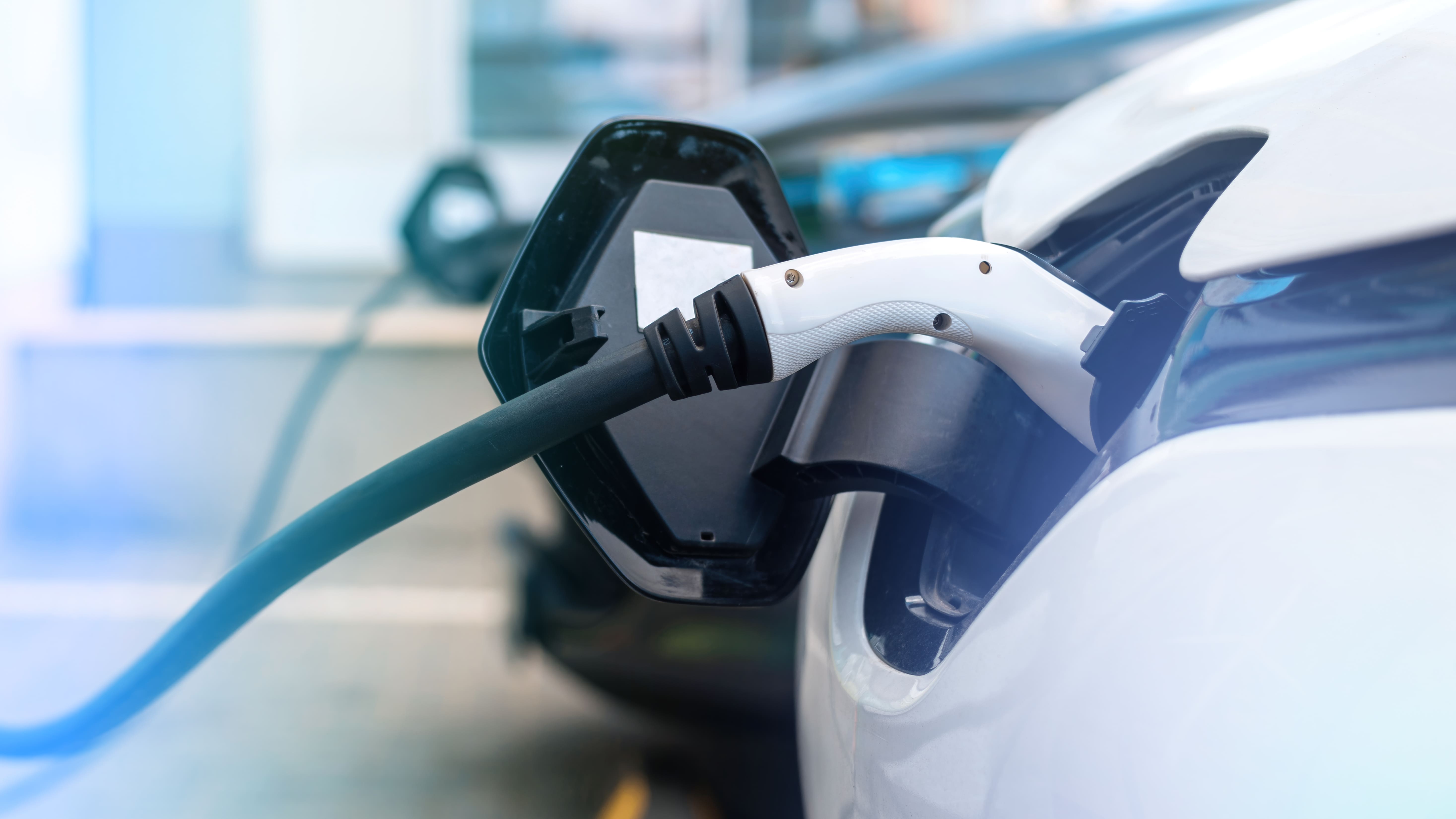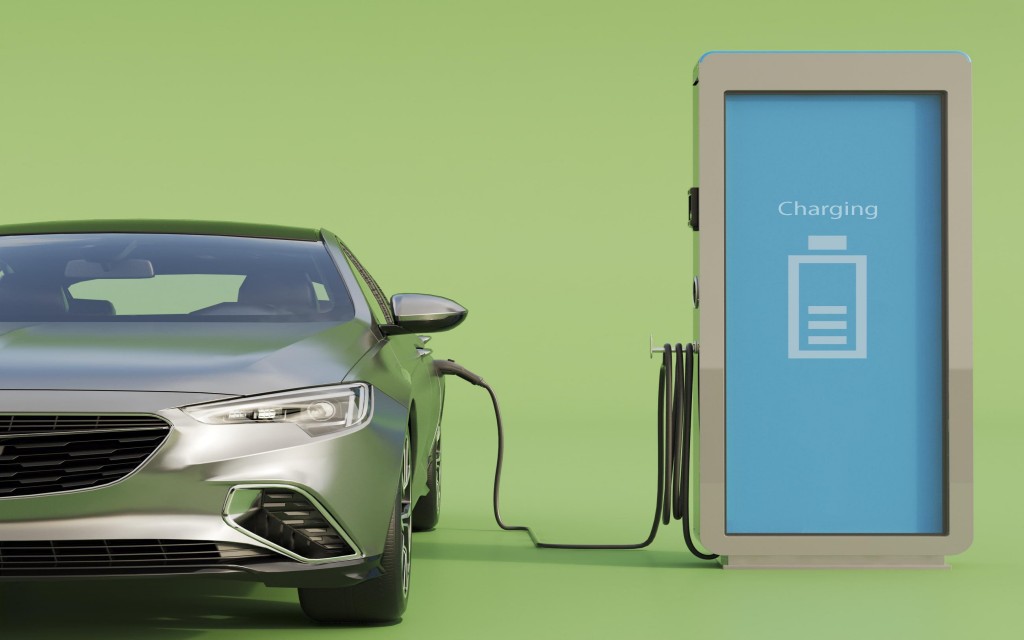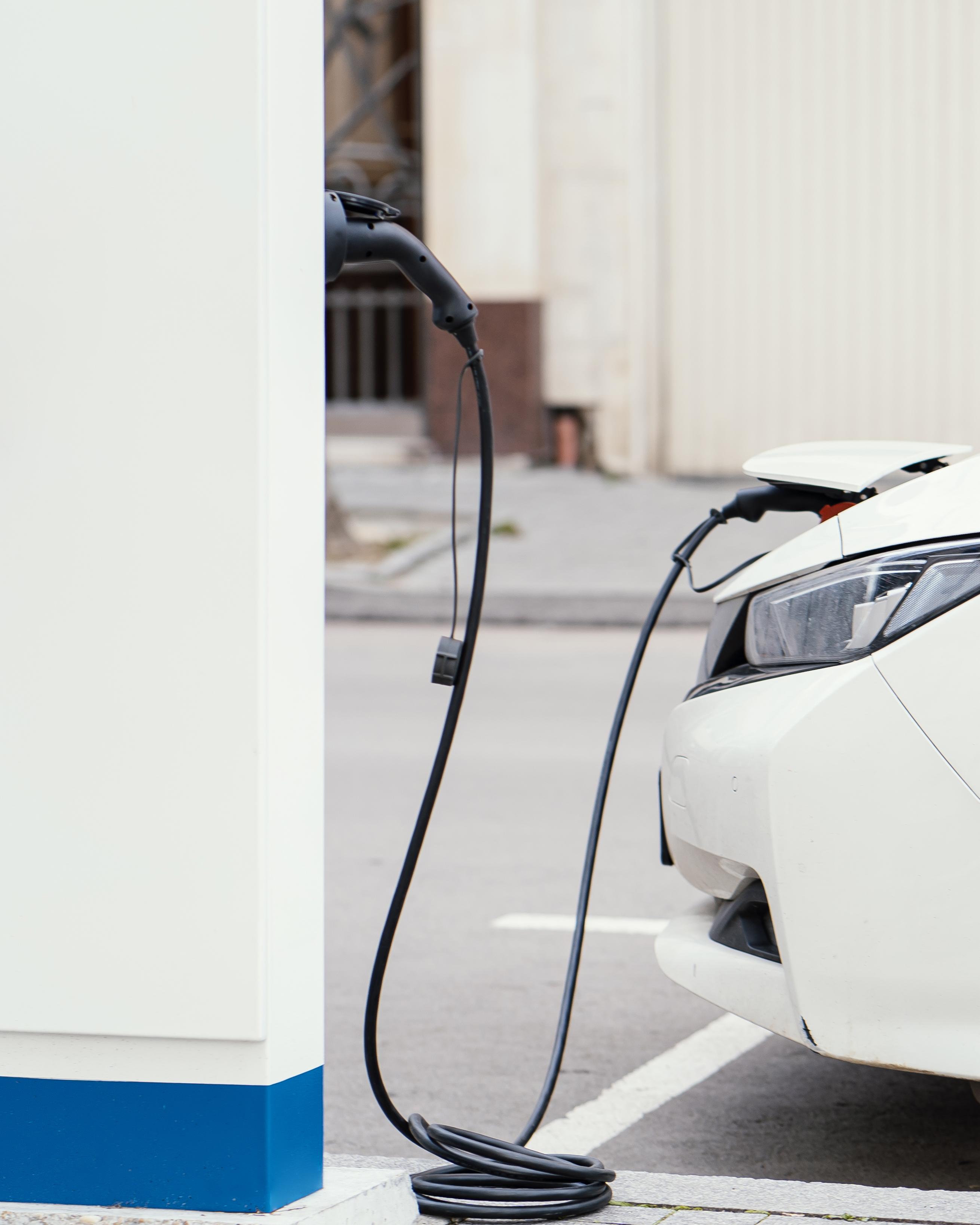Demystifying Charging Piles: Everything You Need to Know
Are you curious about the rise of electric vehicles and the infrastructure that powers them? Look no further! In this comprehensive guide, we will demystify charging piles and provide you with everything you need to know. As more and more people embrace electric vehicles, it's crucial to understand the charging process and the different types of charging stations available. From home charging options to public charging stations, we will explore all the key aspects of charging piles. Whether you're a proud electric vehicle owner or simply interested in the future of transportation, this guide will equip you with the knowledge to navigate the world of charging piles with confidence. Get ready to uncover the secrets behind this essential piece of infrastructure and ensure that your electric vehicle is always powered up and ready to hit the road!
What are charging piles?
Charging piles, also known as charging stations or EVSE (Electric Vehicle Supply Equipment), are devices that supply electric energy to recharge electric vehicles (EVs). They are the backbone of the electric vehicle charging infrastructure, allowing EV owners to conveniently charge their vehicles at home, work, or public spaces. Charging piles come in various shapes and sizes, ranging from wall-mounted units to standalone stations.
Charging piles are equipped with connectors that plug into the electric vehicle's charging port. These connectors vary depending on the region and charging standard used. The most common connectors include the Type 1 (SAE J1772) and Type 2 (IEC 62196) for AC charging, and the CCS (Combined Charging System) and CHAdeMO for DC fast charging. Each connector provides different charging capabilities and speeds, so it's essential to know which type is compatible with your electric vehicle.
Charging piles are typically equipped with features like RFID authentication, payment systems, and communication modules to enable seamless charging experiences. They are designed to prioritize safety, efficiency, and reliability, ensuring that electric vehicle owners can charge their vehicles with ease and peace of mind.

Types of charging piles
There are several types of charging piles available, each offering different charging speeds and capabilities. Let's explore the most common types:
Level 1 Charging Piles:
Level 1 charging piles are the most basic and widely accessible type of charging solution. They provide a standard 120-volt AC power supply and are typically used for home charging. Level 1 chargers are affordable and easy to install, but they have the slowest charging speed, usually adding around 4-5 miles of range per hour of charging. While they may not be ideal for long-distance travel, they are convenient for overnight charging and daily commuting.
Level 2 Charging Piles:
Level 2 charging piles offer faster charging speeds compared to Level 1 chargers. They provide a 240-volt AC power supply and are commonly found in residential areas, workplaces, and public spaces. Level 2 chargers can add around 25-30 miles of range per hour of charging, making them suitable for overnight charging and extended parking periods. They require professional installation and may require additional electrical upgrades depending on the existing infrastructure.
DC Fast Charging Piles:
DC fast charging piles, also known as Level 3 chargers, are the fastest charging option available. They provide a high-voltage DC power supply directly to the vehicle's battery, enabling rapid charging. DC fast chargers can add around 60-80 miles of range in just 20 minutes of charging, making them ideal for long-distance travel and quick pit stops. These chargers are usually found along highways, major roadways, and commercial charging stations. However, they require specialized equipment and are more expensive to install and operate.
Wireless Charging Piles:
Wireless charging piles, also known as inductive charging piles, offer a cable-free charging experience. They use electromagnetic fields to transfer energy between a charging pad on the ground and a receiver installed in the vehicle. Wireless charging technology is still in its early stages, but it holds great potential for hassle-free charging in the future. The charging efficiency of wireless charging piles is currently lower compared to wired chargers, but ongoing advancements aim to improve their performance.

How do charging piles work?
Charging piles work by converting electric energy from the power grid into a format that can be stored in the electric vehicle's battery. The charging process involves several steps:
- Connection: To initiate the charging process, the electric vehicle's charging port is connected to the charging pile's connector. The vehicle and charging pile communicate to ensure compatibility and establish a secure connection.
- Authentication: Some charging piles require authentication to prevent unauthorized usage. This can be done through RFID cards, mobile apps, or other authentication methods. Once authenticated, the charging session begins.
- Power Delivery: The charging pile supplies electric energy to the vehicle's battery. In AC charging, the charging pile converts the AC power from the grid into DC power suitable for the vehicle's battery. In DC fast charging, the charging pile directly provides high-voltage DC power to the vehicle's battery.
- Monitoring: During the charging process, the charging pile continuously monitors the battery's state of charge and adjusts the power delivery accordingly. This ensures that the battery is charged safely and efficiently.
- Completion: Once the desired charging level or time limit is reached, the charging pile stops supplying power to the vehicle. The charging session is complete, and the vehicle is ready to hit the road.

How do charging piles work?
Benefits of using charging piles
Using charging piles brings numerous benefits for electric vehicle owners and society as a whole. Let's explore some of the key advantages:
- Convenient and Accessible: Charging piles provide a convenient way to recharge electric vehicles. Whether at home, work, or public spaces, they offer accessible charging options for EV owners. With an increasing number of charging stations, range anxiety is minimized, allowing for more reliable and stress-free electric vehicle usage.
- Cost Savings: Charging an electric vehicle with electricity is generally more cost-effective than fueling a gasoline-powered vehicle. Charging at home during off-peak hours can lead to even greater cost savings. Additionally, some charging stations offer free or discounted charging, further reducing the cost of ownership.
- Environmental Benefits: Electric vehicles produce zero tailpipe emissions, reducing air pollution and greenhouse gas emissions. By utilizing charging piles, electric vehicle owners contribute to a cleaner and greener environment. Charging with renewable energy sources further enhances the environmental benefits of electric vehicles.
- Energy Grid Optimization: Charging piles can be integrated with smart grid technologies, enabling load management and demand response. By scheduling charging during off-peak hours or based on grid capacity, charging piles help optimize energy consumption and reduce strain on the power grid.
- Economic Growth and Job Creation: The widespread adoption of electric vehicles and charging piles stimulates economic growth and job creation. The development, installation, and maintenance of charging infrastructure require skilled labor and contribute to the growth of the clean energy industry.
Charging pile installation process
Installing a charging pile requires careful planning and consideration. Here are the main steps involved in the installation process:
- Site Assessment: A site assessment is conducted to evaluate the feasibility of installing a charging pile. Factors such as electrical capacity, parking space availability, and proximity to power sources are considered. The site assessment helps determine the optimal location and type of charging pile for the specific site.
- Electrical Upgrades: Depending on the existing electrical infrastructure, upgrades may be necessary to accommodate the charging pile's power requirements. This may involve installing a dedicated circuit, upgrading the electrical panel, or increasing the capacity of the electrical service.
- Permitting and Approvals: Obtaining the necessary permits and approvals from local authorities is essential before installing a charging pile. This ensures compliance with building codes, safety regulations, and any specific requirements imposed by the jurisdiction.
- Charging Pile Selection: Based on the site assessment, the appropriate charging pile type and specifications are selected. Factors such as charging speed, connector compatibility, and user interface are considered to meet the specific needs of the site and its users.
- Installation and Testing: The charging pile is installed according to the manufacturer's guidelines and any additional requirements specified during the site assessment. Once installed, the charging pile undergoes thorough testing to ensure proper functionality and safety compliance.
- Commissioning and Activation: After successful installation and testing, the charging pile is commissioned and activated for public or private use. This involves configuring the charging pile's settings, connecting it to the charging network (if applicable), and making it accessible to electric vehicle owners.
Charging pile maintenance and safety tips
Maintaining and ensuring the safety of charging piles is crucial for their optimal performance and longevity. Here are some maintenance and safety tips to consider:
- Regular Inspections: Regularly inspect the charging pile for any visible damage, loose connections, or signs of wear. If any issues are found, contact a qualified technician or the charging pile manufacturer for repairs.
- Cleaning: Keep the charging pile clean and free from debris that could obstruct the connectors or vents. Use a soft cloth and mild detergent to clean the exterior surfaces. Avoid using abrasive materials or harsh chemicals that could damage the charging pile.
- Cable Management: Properly manage the charging cable to prevent tripping hazards and damage. Avoid bending the cable excessively or pinching it between objects. Use cable hangers or holders, if available, to keep the cable organized and off the ground.
- Electrical Safety: Only use charging piles that meet safety standards and certifications. Ensure the charging pile is properly grounded and installed by a qualified electrician. Follow the manufacturer's instructions for electrical connections and do not attempt any modifications without professional assistance.
- User Safety: Educate users on safe charging practices, such as not leaving charging cables unattended, avoiding charging in extreme weather conditions, and unplugging the charging cable from the vehicle before disconnecting it from the charging pile.
- Emergency Procedures: Familiarize yourself with any emergency procedures provided by the charging pile manufacturer or the charging station operator. In case of an emergency, follow the instructions and contact the appropriate authorities if necessary.
Charging pile infrastructure and network
The charging pile infrastructure consists of the physical charging piles, their supporting components, and the network that connects them. This infrastructure is essential for enabling seamless charging experiences and ensuring widespread electric vehicle adoption. Here's a closer look at the charging pile infrastructure and network:
- Charging Stations: Charging stations, also known as charging hubs, are locations where multiple charging piles are installed. These stations can be privately owned or operated by utilities, governments, or independent charging providers. Charging stations are strategically placed to provide convenient charging access, especially in urban areas and along major transportation routes.
- Charging Network: Charging piles are connected through a charging network, allowing users to locate, access, and pay for charging services. Charging network providers offer mobile apps or online platforms that display real-time information about available charging stations, pricing, and other relevant details. Some charging networks require membership or offer subscription plans for discounted charging rates.
- Roaming Agreements: Roaming agreements between charging network operators enable users to access charging stations across different networks using a single account or payment method. Roaming agreements enhance charging convenience and accessibility, especially for long-distance travel.
- Smart Charging Solutions: Smart charging solutions leverage advanced technologies and data analytics to optimize charging efficiency, grid integration, and user experiences. These solutions enable features like load management, demand response, dynamic pricing, and vehicle-to-grid (V2G) capabilities. Smart charging solutions contribute to grid stability, cost savings, and the overall sustainability of the charging infrastructure.
Charging pile standards and regulations
Standardization and regulations play a crucial role in ensuring interoperability, safety, and reliability of charging piles. Here are some key charging pile standards and regulations:
- IEC Standards: The International Electrotechnical Commission (IEC) sets global standards for charging infrastructure. IEC 61851 defines the general requirements and testing methods for charging piles, while IEC 62196 specifies the connectors and communication protocols for AC charging. These standards ensure compatibility and safety across different charging piles and electric vehicles.
- Regional Standards: Various regions have their own standards and regulations for charging infrastructure. For example, the Society of Automotive Engineers (SAE) developed the SAE J1772 standard for AC charging in North America. The Combined Charging System (CCS) standard combines AC and DC fast charging capabilities and is widely adopted in Europe and North America. CHAdeMO is a DC fast charging standard primarily used by Japanese and some European electric vehicles.
- Safety Regulations: Charging piles must comply with safety regulations, such as UL (Underwriters Laboratories) certification in the United States and CE (Conformité Européene) marking in Europe. These certifications ensure that the charging piles meet rigorous safety standards and undergo extensive testing.
- Building Codes and Permitting: Local building codes and permitting processes govern the installation of charging infrastructure. These codes ensure that charging piles are installed safely, meet electrical requirements, and comply with zoning and environmental regulations. Permitting processes vary by jurisdiction and may include inspections and approvals at different stages of installation.
Charging pile advancements and future trends
The charging pile industry is constantly evolving, with advancements and innovations shaping the future of electric vehicle charging. Here are some notable advancements and future trends to watch out for:
- Increased Charging Speeds: Charging pile manufacturers are continuously improving charging speeds to reduce charging times and increase convenience. Advancements in battery technology and charging infrastructure will enable faster charging capabilities, making electric vehicles even more practical for daily use and long-distance travel.
- Ultra-Fast Charging: Ultra-fast charging technologies, such as 350 kW and higher, are being developed to further enhance charging speeds. These technologies aim to provide several hundred miles of range in a matter of minutes, similar to refueling a conventional vehicle. Ultra-fast charging will revolutionize electric vehicle adoption and eliminate range anxiety.
- Vehicle-to-Grid Integration: Vehicle-to-grid (V2G) integration allows electric vehicles to not only consume energy but also supply energy back to the grid. This bi-directional energy flow enables electric vehicles to serve as mobile energy storage systems, supporting grid stability and renewable energy integration. V2G technology is still in its early stages but holds great potential for the future.
- Wireless Charging Advancements: Wireless charging technology for electric vehicles is advancing rapidly. Improvements in efficiency and charging rates will make wireless charging more practical and widespread. Integration of wireless charging technology into roadways and parking infrastructure will further enhance convenience and accessibility.
- Renewable Energy Integration: Charging piles will increasingly be powered by renewable energy sources, such as solar and wind. This integration will further reduce the carbon.

